Article by Beth Miller, PWLCTMN
Fall is a great time get out into the woods in East Texas for a hike. The colors are different, wildlife is more active, and there’s food in the forest. Establish a deeper level of connection to the forest as you seek plants known to have potential health benefits and new tastes.
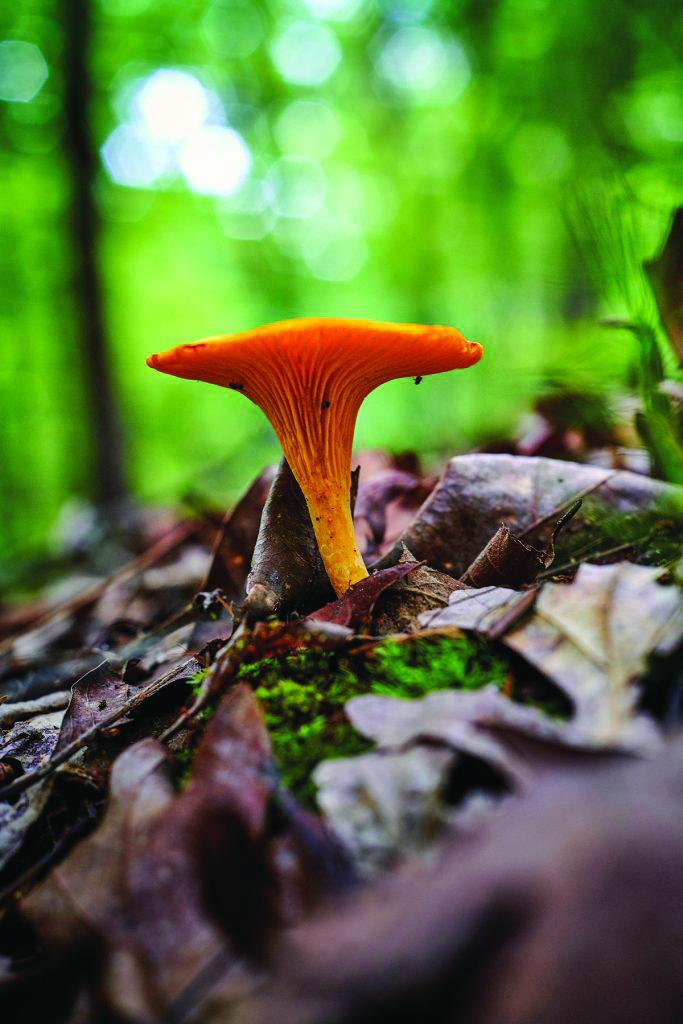
Rich in biodiversity with a wide variety of plant and fungal species, foraging is a hands-on way to learn about the natural world. Foragers gain a better understanding of ecosystems, plant identification, and the interconnectedness of living organisms. It can even lead to a more diverse and nutritious diet by reducing reliance on commercially produced foods that often travel a long way before making it to the table.
Wild foods often have unique flavors and textures that can add variety to your meals. Experimenting with foraged ingredients can enhance your cooking skills and creativity. In fact, foraging is a great way to push culinary exploration. When kids are included in foraging expeditions, they’re more likely to try the new dishes made with what they picked.
With families gathering this time of year, foraging can be a great way to make room for the next banquet while you look for the foods for the next. Foraging can be a meditative and mindful activity. It encourages individuals to be present in the moment, promoting mental well-being and stress reduction.
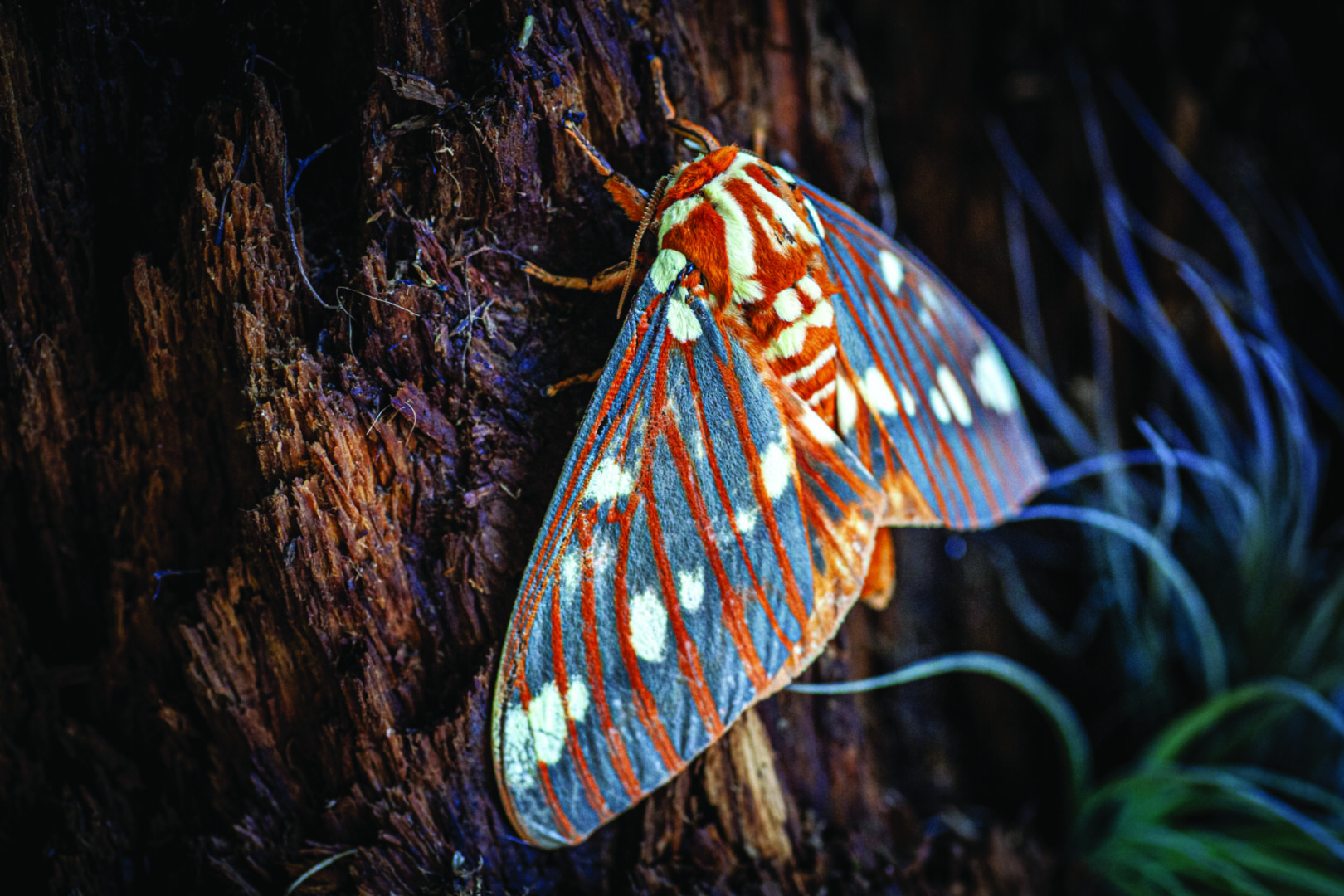
While foraging offers numerous benefits, it’s extremely important to be responsible. Know the local regulations and respect the health of the surrounding ecosystem by avoiding over picking any one area or plant. And know how to identify those poison ivy, oak and sumac!
Here’s a list of various edible plants that are frequently found in our local forest areas in the fall:
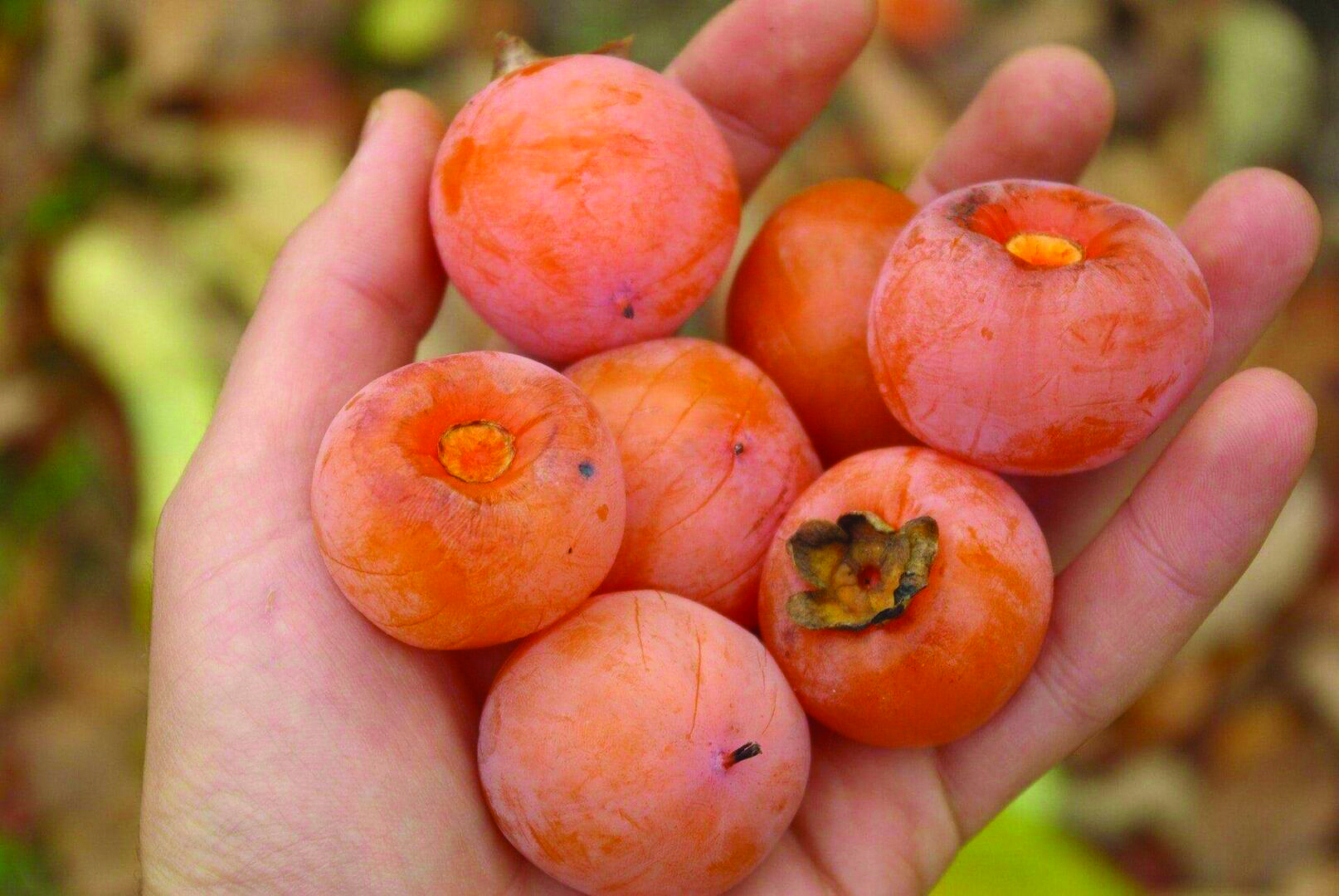
• Late-season Persimmons (Diospyros virginiana): When you come across orange persimmons on the ground, bright orange and soft to the squeeze, they’re ripe. Make a puree and make jellies, jams, breads, puddings and more.
• Mushrooms: With great caution, late fall mushrooms including pricey chanterelles, morels, and oyster can be found in east Texas oak and conifer forests. Many wild mushrooms can be toxic so be absolutely certain of the identity you see before you pick.
• Wild Greens: Some hardy wild, including dandelion, can still be found in fall for use in salads or cooked dishes.
• Wild Onions (Allium canadense.): Often found in East Texas throughout the fall, look in open fields and wooded areas, or your own yard.

• Wintergreen (Gaultheria procumbens): These greens have a minty flavor and make flavorful, soothing tea, but don’t boil, steep only.
• Pecans (Carya illinoinensis): An East Texas staple, pecans in the shell are easily found on the ground under the trees. Find the pecan trees in wooded areas, along rivers, or in open fields.
• Black Walnuts (Juglans nigra): Black walnut trees produce hard-shelled nuts that are ready for harvest in the fall for use in baking and cooking.
• Acorns (Quercus spp.): While acorns are abundant in the fall, they require processing to remove bitter tannins before consumption. Native oak species, Live Oak, Burr Oak, Pin Oak, and Shumard Oak produce edible nuts.
• Hickory Nuts (Carya spp.): Various hickory tree species can be found in East Texas. Their nuts have a rich, buttery flavor.
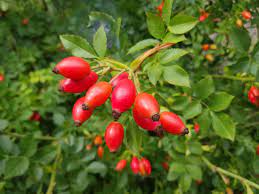
• Rose Hips (Rosa spp.): Some wild roses produce rose hips in the fall. They make excellent teas, jams and provide a source of vitamin C.
• Muscadine Grapes (Vitis rotundifolia): Wild muscadine grapes ripen in the fall. Larger and thicker skin compared to other wild grapes, they make great jellies, jams and a decent wine.
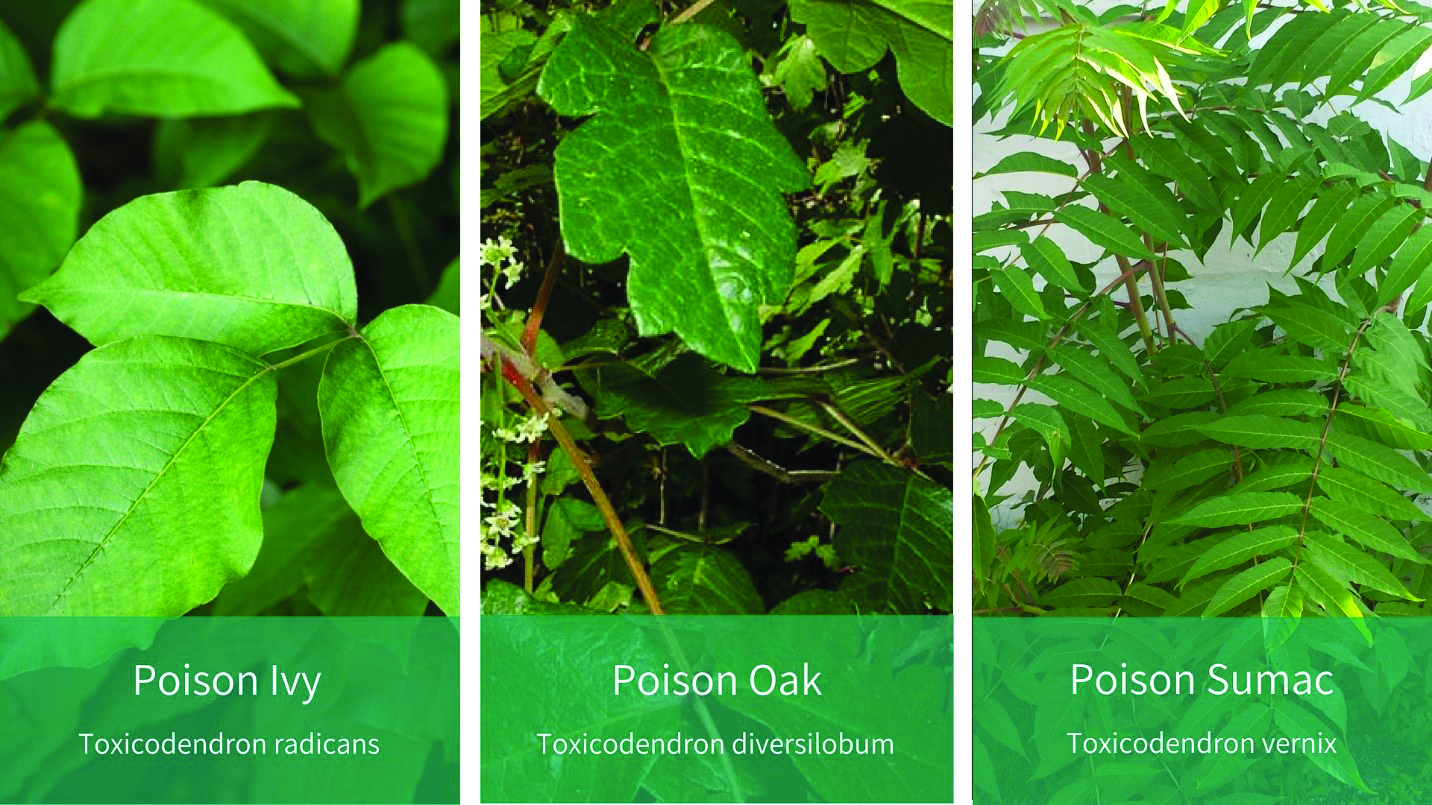
Always be cautious when foraging, and make sure you correctly identify plants before consuming them. Consider consulting with local experts or using field guides to enhance your foraging skills. Additionally, be aware of any regulations or restrictions in the area where you plan to forage.
Learn more about the edibles in our yards and woodlands by joining a chapter of the Texas Master Naturalist or Texas Master Gardeners. To find a chapter close to you, or to read about the state programs, visit www.txmn.org or www.txmg.org.Volunteer and get involved!


